How to Master Inductive Reasoning from Patterns

Examples
Practice Questions:
- Given the sequence: \(3, 6, 9, 12…\) what might be the next two numbers?
- In a pattern, the first figure has \(4\) sides, the second figure has \(8\) sides, and the third figure has \(12\) sides. If the pattern continues, how many sides might the fourth figure have?
- Consider a sequence where every number is tripled to get the next: \(1, 3, 9…\). What could be the next number in the sequence?
- Observing the pattern of adding \(3\), the next two numbers could be \(15\) and \(18\).
- Noticing an increase of \(4\) sides for each subsequent figure, the fourth figure might have \(16\) sides.
- Tripling the last number, \(9\), gives \(27\). Thus, the next number could be \(27\).
Original price was: $109.99.$54.99Current price is: $54.99.
Original price was: $109.99.$54.99Current price is: $54.99.
Original price was: $109.99.$54.99Current price is: $54.99.
Related to This Article
More math articles
- How to Understand the Fundamental Properties of Parallelograms
- How to Factor and Simplify Trigonometric Expressions
- 5th Grade FSA Math Practice Test Questions
- Top 10 CLEP College Algebra Prep Books (Our 2023 Favorite Picks)
- How to Multiply Rational Expressions? (+FREE Worksheet!)
- 5 Best Algebra 1 Books for High School Students
- 8th Grade STAAR Math FREE Sample Practice Questions
- How Good Do You Need to Be at Math to Play Baccarat?
- Top 10 AFOQT Math Prep Books (Our 2023 Favorite Picks)
- 7th Grade Georgia Milestones Assessment System Math Worksheets: FREE & Printable



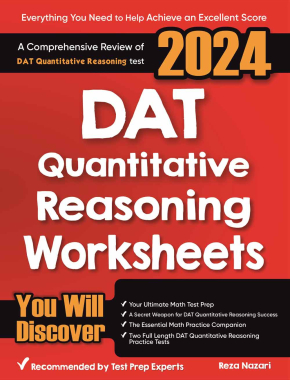

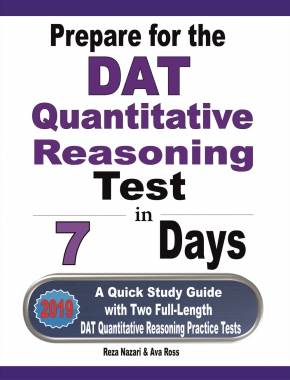
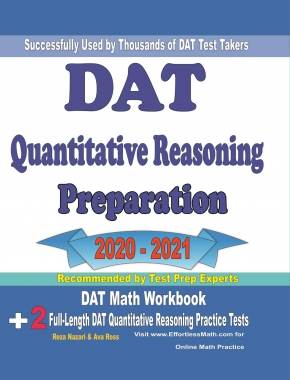
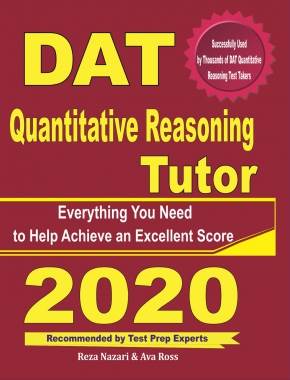
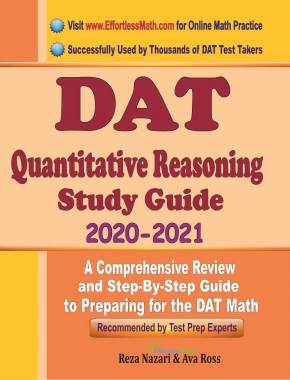
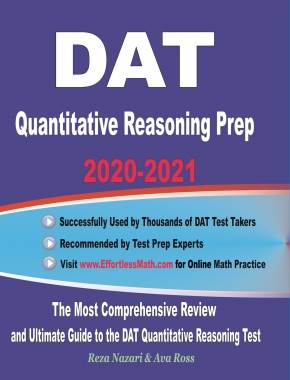
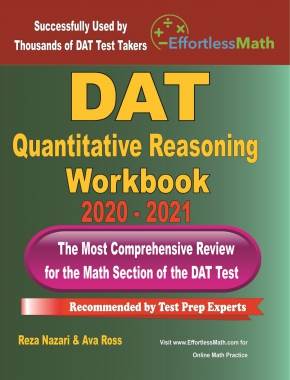
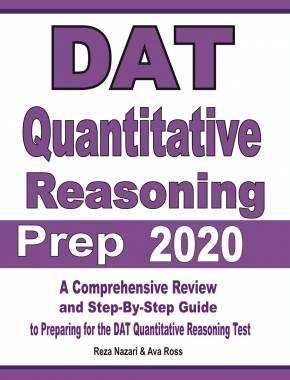
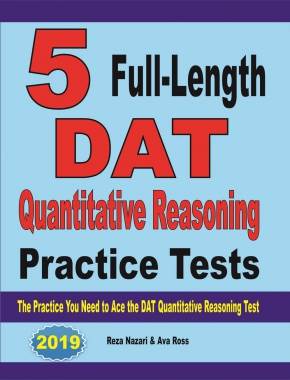

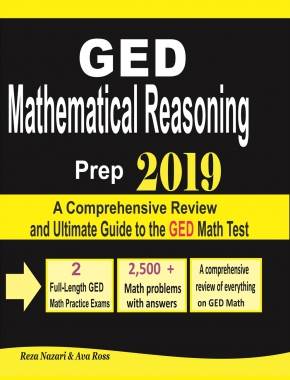
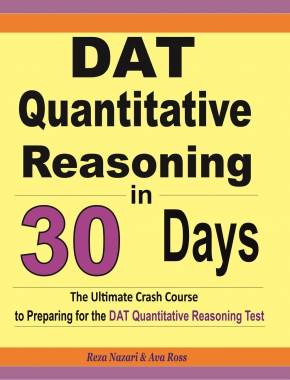
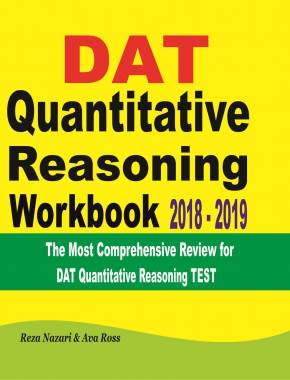
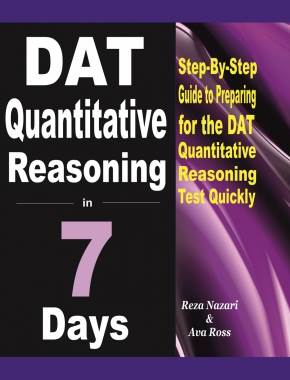
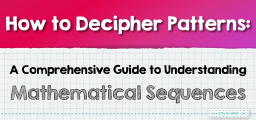
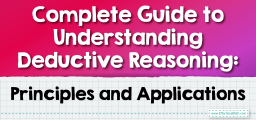

What people say about "How to Master Inductive Reasoning from Patterns - Effortless Math: We Help Students Learn to LOVE Mathematics"?
No one replied yet.